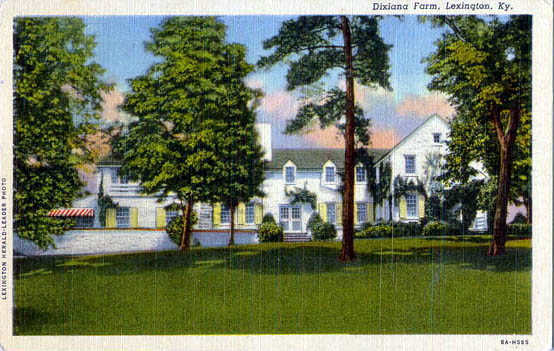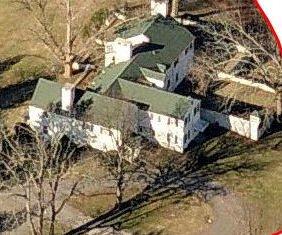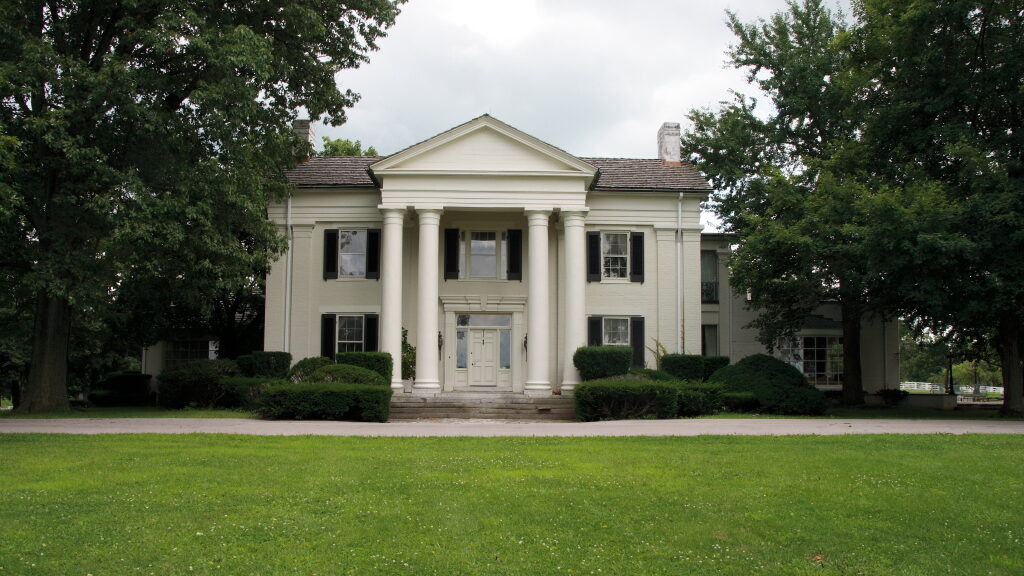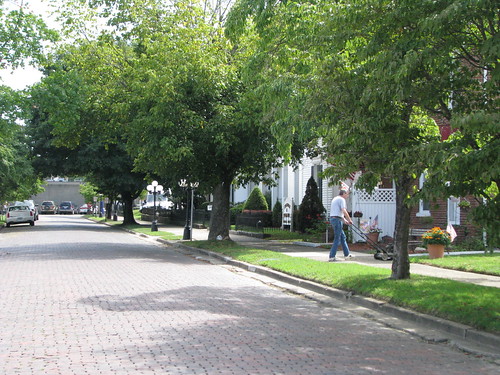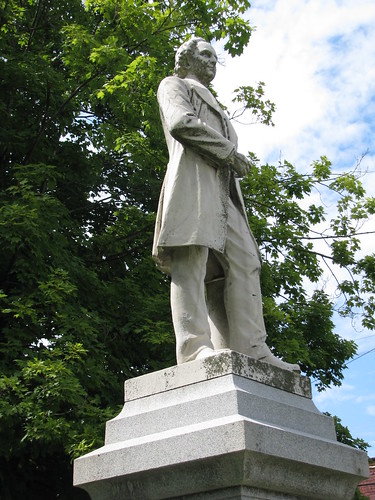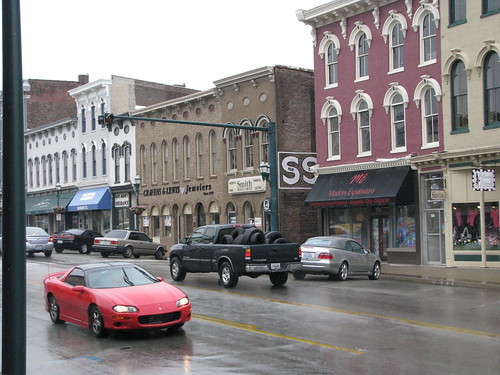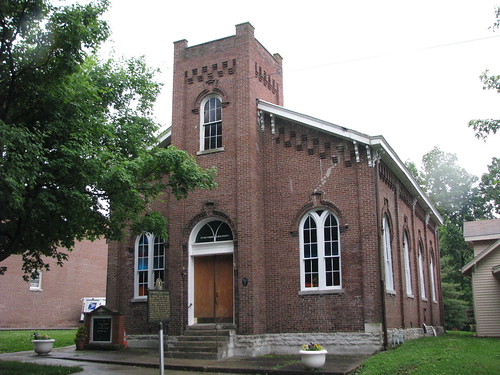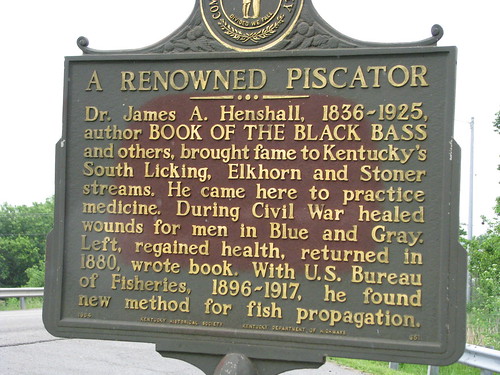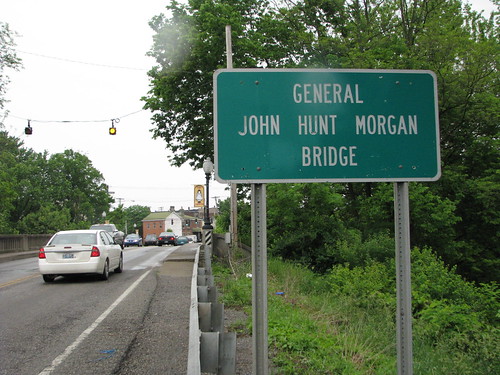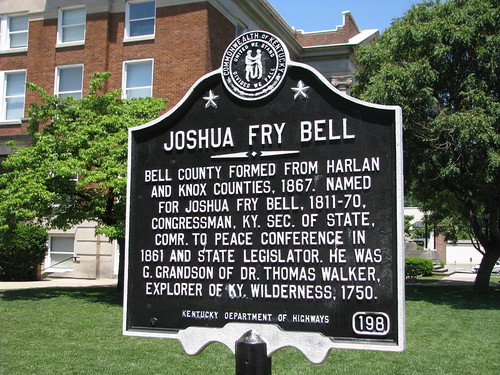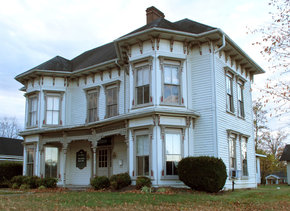 |
| Pennington House, London, Ky. Photo by Tom Eblen, Lexington H-L. Used c Permission. |
Surface parking lots and parking garages are necessities – we have to park our vehicles so we can shop, eat, etc. (absent public transportation options … of which there are few in Kentucky). Downtown Lexington is filled with surface lots which always raises the question for me, “What used to be there?”
London, Kentucky – with its new courthouses – knows the answer to that question and has the opportunity to stop the destruction of the pre-Civil War Pennington House. The issue is before the Laurel County Fiscal Court: Should the county acquire the property for a surface lot? (The source of funds appears to be excess funds from the courthouse construction; the desire to spend comes from the “use it or lose it” mentality).
In the words of Realtor Chris Robinson, the answer is no. “Any community can have a gravel parking lot. Only London can have the Pennington House.” Although eligible for inclusion on the National Register of Historic Places, the effort has never been made for the Pennington House. As a result, some of its story is more difficult to find. But it appears that this house has survived threats before. London experienced five large-scale fires in 1891, 1892, 1893, 1909 and 1910. In 1974, a tornado missed the house by 100 feet. But the threat of demolition for a parking lot may be the home’s greatest threat to date. If you are from Laurel County, speak loudly to your local officials. Let’s do what we can to save this London treasure.
Sources: Tom Eblen (Lex. H-L); Tara Kaprowy (Sentinel Echo); Nita Johnson (Sentinel Echo)

